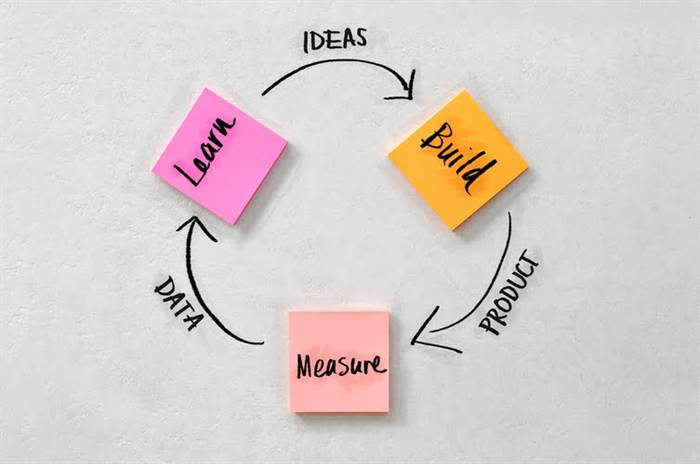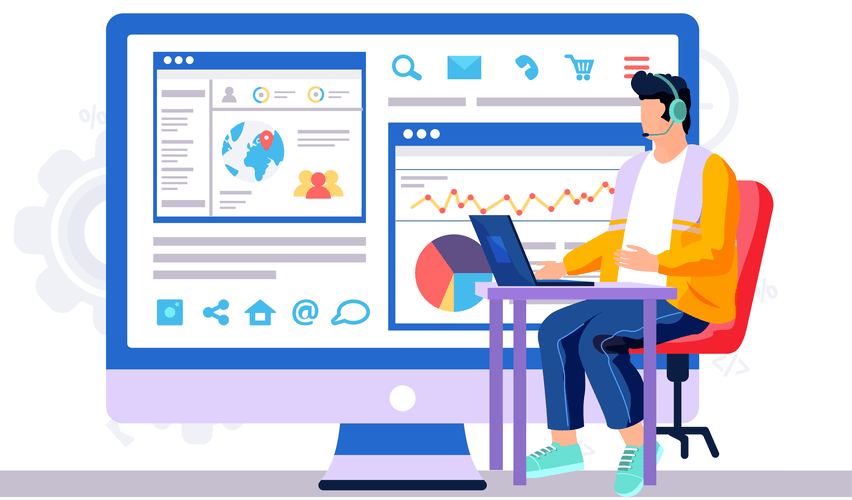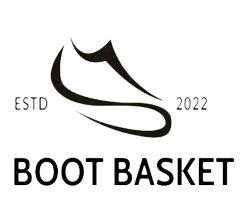Organizations aiming to take advantage of IoT should have the capability to assemble data from any device, at any location, and at any time to generate reports or facilitate interactions. Therefore, Integration Platform as a Service (iPaaS) has emerged as a superior various to traditional mobile integration solutions. It allows companies to seamlessly integrate knowledge throughout various cloud providers, units, on-premises techniques, and other IoT units, thereby enhancing operational efficiency and data accessibility. In the age of digital transformation, customer experience is more crucial than ever. Organizations throughout sectors are embracing hybrid integration platforms to reinforce their customer expertise initiatives.
Learn how HexaSync enables you to construct enterprise-grade integrations and automations with out having to code. It’s worthwhile incorporating an in depth exploration of your small business necessities into the design section. This makes it easier to ensure you’re designing around your needs quite than bending the design towards these at a later stage. If your target market is mid-market, or enterprise, the great nature of a HIP, like DCKAP Integrator, could additionally be greatest for you.
The primary advantage of using a Hybrid Integration Platform is that it is an all-in-one, complete solution to combine all of your knowledge sources, irrespective of the place your info is stored. Choosing a HIP eliminates the necessity to spend cash on multiple information platforms to build dependable dynamic integrations. A Hybrid Integration Platform (HIP) is an answer to attach purposes, knowledge, and workflows over a number of systems throughout on-premises (physical) and cloud-based (digital) environments. It may be deployed as a true multi-tenant cloud resolution, a non-public cloud, or an on-premises information solution. For starters, a company must acknowledge the business value of APIs, the function APIs play in continuous innovation that is part of being digital. At its fundamentals, yes “create, control and eat every facet of the API lifecycle” but accomplish that in the context of the enterprise to be actually successful with their hybrid integration answer.
It presents a plethora of connectors for popular cloud platforms, guaranteeing that companies can rapidly and efficiently integrate various cloud solutions. Its cloud-native structure implies that iPaaS is inherently outfitted to handle the nuances and dynamism of cloud ecosystems making it a safe alternative for companies which are absolutely dedicated to a cloud-first technique. A HIP framework is designed to help a diverse array of knowledge integration patterns, enabling businesses to connect legacy on-premises infrastructure with revolutionary cloud-based merchandise. By bridging this divide, HIPs assist tackle the evolving huge information needs and enterprise processes driven by digital transformation. Cloud integration platforms are increasingly embedded in SaaS and different applications, providing integration as a service. This development is increasing the use and flexibility of integration processes, resulting in a surge in purpose-built purposes enhanced by embeddable integrations.
Choosing The Right Hybrid Integration Platform
Either means, the HIP facilitates seamless connections and communications throughout your whole surroundings. Essentially, a Hybrid Integration Platform uses these 4 dimensions to provide the solutions you have to combine data and functions across your on-premises and cloud environments. Digibee is a born-in-the-cloud integration platform that modernizes how enterprises join functions, information, personas, domains, endpoints, and deployment models. Hybrid integration platforms cut back the quantity https://www.globalcloudteam.com/ of growth time wanted to get purposes to work collectively. With time-saving practices such as low-code and drag-and-drop capabilities, less time-consuming growth, permitting developers and designers to concentrate on digital transformation initiatives versus piecemeal coding duties. API management inside a hybrid integration platform combines the advantages of a SaaS setting with the larger control capabilities of an on-premises environment.
- HIP is often seen as a sturdy solution for integrating with enterprise software.
- For the foreseeable future data and processes will exist on local servers, in private and public clouds, and everywhere in between.
- But the times of ‘fat’ API Manager (APIM) and Enterprise Service Buses (ESB) and underlying monolithic methods are disappearing in the rearview mirror.
- It facilitates straightforward automation of workflows and information sharing, boosting organizational agility and scalability.
- eight min learn – By utilizing AI in your talent acquisition process, you can scale back time-to-hire, improve candidate quality, and improve inclusion and diversity.
Adeptia is a leading provider of enterprise course of and data integration software for organizations of all sizes. Adeptia’s suite of product capabilities allows companies to automate their processes, integrate functions and systems, and manage critical information, resulting in increased productiveness, price savings, and reduced danger. Adeptia could be deployed in a selection of solution architecture patterns in addition to on-premises, cloud, multi-cloud, or hybrid cloud. Additionally, Adeptia can provide hybrid integration capabilities to your business as managed services.
Improved Collaboration Between It And Enterprise Groups
Lastly, enterprise integration tools for hybrid cloud ecosystems are usually very versatile. A cloud-based solution could be customized more easily than an on-premise-based one. This gives enterprises the room they should modify tools to their particular needs. Adeptia is a powerful Hybrid Integration Platform that can assist optimize your small business processes and enhance information integration. By leveraging a Hybrid Integration Platform like Adeptia, you presumably can make positive that your group stays agile, scalable, and secure.

Hybrid integration platforms make software program growth and app growth a lot simpler. Typically, a quarter of the utilized effort of creating software and encoding the application logic required to satisfy business necessities consumes scarce integration expertise. A Hybrid Integration Platform (HIP) is a complicated software program platform that provides seamless integration between completely different applications, systems, and knowledge sources, regardless of whether they are on-premise, in the cloud, or both. With the assistance of a hybrid integration platform (HIP), organizations can construct and handle advanced integrations, automate business processes, and acquire significant insights from their information. In this article, we explore the important thing features and benefits of HIPs, their real-life applications, and more.
Taking Supply Chain Efficiency Up A Notch With Self-service Integration
Today’s integration technologies are required to be faster, extra agile, and scalable. Hybrid Integration Platforms (HIP) have revolutionized the way businesses strategy integration, providing a plethora of use circumstances that enhance operational effectivity, agility, and innovation. It contains B2B integration, knowledge enterprise integration, common connectivity, multi-cloud knowledge sync, knowledge delivery for IoT integration, and embedded integrations. A Hybrid Integration Platform (HIP) makes it possible to attain digital transformation on your phrases without throwing out your legacy techniques and on-premises enterprise know-how. Maybe you have to maintain some techniques on-premises for safety or compliance functions, or maybe you intend to finally transition to a wholly cloud- and SaaS-based infrastructure.
If you’re excited about creating a hybrid cloud migration strategy but are nervous about tips on how to impact a seamless integration method, you’re not alone. The iPaaS market is rising, project to hit a income forecast of $13.9 billion in 2026. Speaking of scale, iPaaS options are touted for their capacity to grow in accordance with a business’s evolving needs. Because everything is cloud-based, iPaaS platforms can stay agile when faced with fluctuating workloads; plus, enterprise automation tools work to reduce handbook updates.

Through visual design instruments and different collaborative features, non-technical users can take part in the integration course of, freeing up IT assets and fostering innovation within the organization. A retailer may use an on-premises application to handle stock and cloud-based services to gather shopper insights and monitor buy exercise. By integrating these various functions with a Hybrid Integration Platform, a retailer can hyper-personalize customer interactions. Speaking of resources, a Hybrid Integration Platform requires a fraction of the time it would take to finish large-scale integration initiatives. A Hybrid Integration Platform offers quick deployment occasions that accelerate the return on funding.
As cloud computing grew to become widespread, Integration Platform as a Service (iPaaS) emerged as a cloud-based answer for integrating cloud-based and on-premises functions. Organizations started adopting a combine of these approaches relying on their necessities, however managing multiple integration platforms usually led to additional complexity. This is the place the Hybrid Integration Platform is available in, providing a coherent technique that mixes one of the best features of on-premises, cloud-based, and different integration technologies. With HIP, software integration is commonly seen via a broader lens, encompassing both traditional on-premises methods and up to date cloud-based options.
With the adoption of microservices and serverless computing, HIPs will supply unprecedented agility and scalability. Enhanced user interfaces and developer instruments are anticipated to make integration less complicated and more intuitive. Organizations are generating data at a geometric pace and without the proper tools to integrate and handle the information across varied methods, things can rapidly run amok. Traditional tools what is a hybrid integration platform corresponding to Enterprise Server Bus (ESB) might need their limitations in terms of managing trendy workloads. Complementing them with an integration platform as a service (iPaaS) that works purely in a cloud surroundings and offers better scalability and vary of integration capabilities is rising as a better method. On the other hand, iPaaS is inherently designed to facilitate seamless connections between varied cloud providers.

ESB (Enterprise Service Bus) is a middleware technology for facilitating communication between completely different functions. IPaaS is broader, ETL is data-centric, and ESB is concentrated on application-level integration. Unlike Software as a Service (SaaS), which is delivered over the web, an iPaaS is a cloud-based integration resolution.
As you evaluate potential solutions, make certain to keep the criteria described above in mind to guarantee you can meet present and future enterprise needs. One of the primary advantages of HIPs is their ability to scale up or down depending on the organization’s necessities. Highly scalable cloud infrastructure mixed with efficient resource utilization ensures that companies can handle varying workloads with out being burdened by extra capacity or insufficient assets.

Most provide a easy drag-and-drop performance that requires minimal programming data to operate. With a user-friendly interface, an iPaaS resolution helps to boost cross-departmental collaboration. In this information, we’ll break down their features, applications, advantages, and use circumstances to assist you decide the best fit for your small business.
We construct unstoppable groups by equipping DevOps professionals with the platform, tools and coaching they need to make release days out of date. That’s doubtless a factor in why, based on Gartner, no much less than 65% of organizations will implement a Hybrid Integration Platform (HIP) by 2022. But what exactly is a Hybrid Integration Platform, and how can it improve efficiencies in your systems? This means that corporations that aren’t totally modernized can start performing like they’re – agile, revolutionary and fully linked. Digibee’s 2nd annual State of Enterprise Integration report details the opinions and future strategies, as informed by more than 1,000 IT and growth professionals, on the subject of integration.



